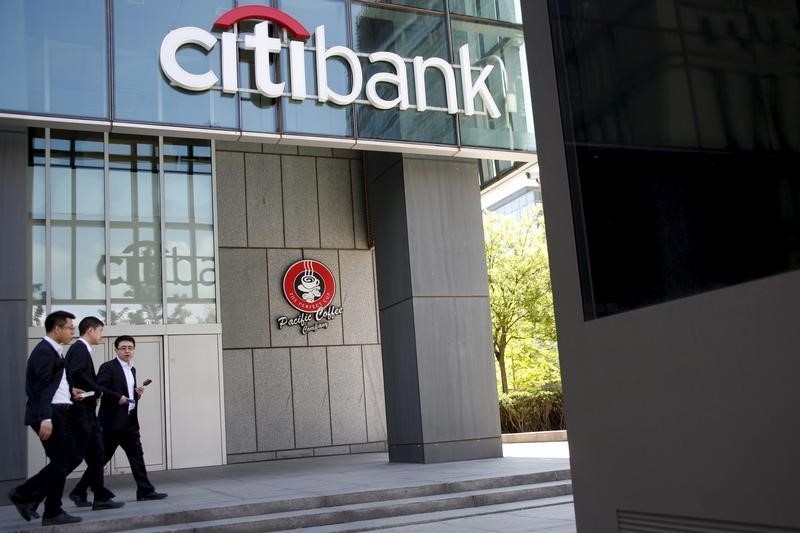Intel stock extends gains after report of possible U.S. government stake
Citigroup (NYSE:C) stock reached a 52-week high of 84.74 USD, marking a significant milestone for the financial giant with a market capitalization of $158.27 billion. According to InvestingPro analysis, while the stock’s RSI suggests overbought conditions, the company trades at an attractive P/E ratio of 13.12. Over the past year, Citigroup has experienced a remarkable 39.47% increase in its stock price, with a strong 19.15% gain year-to-date, reflecting robust investor confidence. This upward trajectory is indicative of the company’s strategic initiatives and market positioning, which have resonated well with investors. The 52-week high underscores Citigroup’s resilience and adaptability in a dynamic economic environment. For deeper insights into Citigroup’s valuation and 12 additional exclusive ProTips, explore InvestingPro’s comprehensive research report, available for 1,400+ top US stocks.
In other recent news, Citigroup has been making significant strategic moves and adjustments. The bank’s turnaround efforts under CEO Jane Fraser have gained attention, with BofA Securities raising its price target for Citigroup to $100 from $89, while maintaining a Buy rating. This reflects growing confidence in the bank’s strategic initiatives, which include exiting international consumer markets and increasing investments in technology. Additionally, Citigroup has partnered with Carlyle Group (NASDAQ:CG) to provide asset-backed financing to fintech lenders, a growing segment in the private credit market. In a move to streamline operations, Citigroup plans to cut approximately 3,500 jobs at its technology centers in China, with some roles being relocated to other centers. The bank has also revoked its 2018 policy restricting banking services to retail clients that sell firearms, citing changes in regulatory conditions and a commitment to fair access to banking services. These developments mark Citigroup’s ongoing efforts to adapt to changing market and regulatory environments.
This article was generated with the support of AI and reviewed by an editor. For more information see our T&C.
